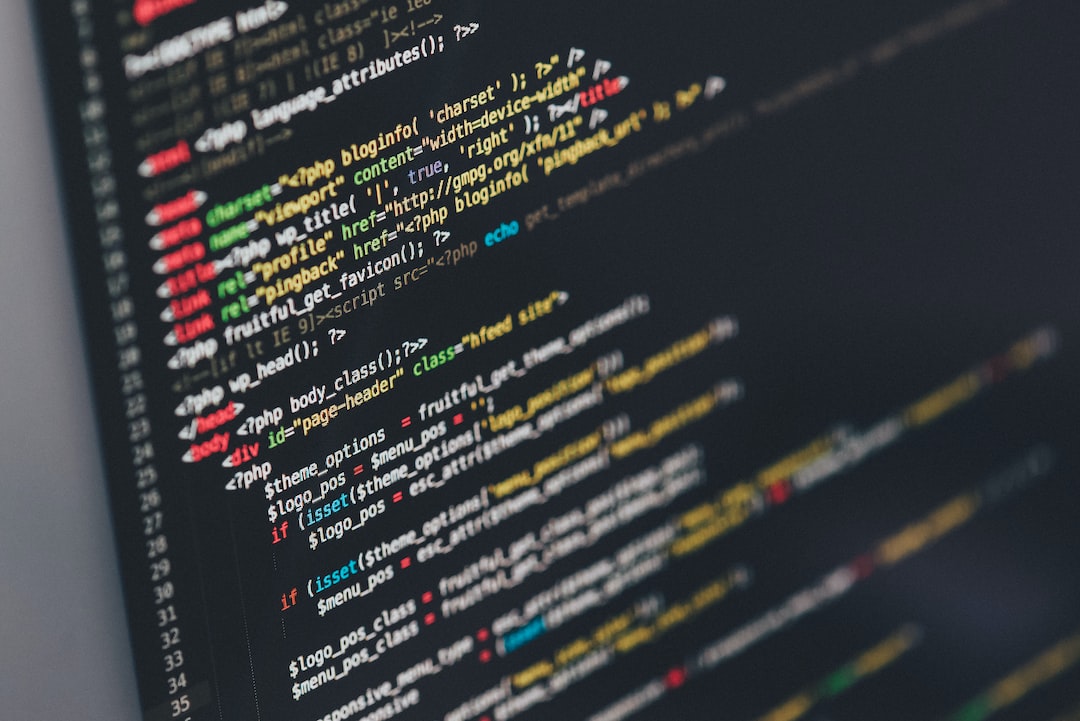Title: The Dark Side of Social Media: Cyberbullying and Online Harassment
Introduction:
Social media platforms have undoubtedly revolutionized the way we communicate and connect with others. In recent years, however, these digital landscapes have also become breeding grounds for cyberbullying and online harassment. This dark side of social media has resulted in severe consequences for numerous individuals, emphasizing the urgent need to address this growing problem.
The Rise of Cyberbullying:
Cyberbullying refers to the act of intimidating, threatening, or belittling someone using digital platforms. It has become alarmingly prevalent, particularly among young users. The anonymity that social media provides, coupled with the ease of spreading harmful content, enables cyberbullies to target their victims relentlessly. Studies have shown that cyberbullying can have severe psychological impacts, leading to anxiety, low self-esteem, and even depression.
Online Harassment:
Online harassment encompasses a broader range of behaviors, including threats, stalking, and hate speech. The relative anonymity offered by social media emboldens harassers, allowing them to target individuals based on their race, gender, religion, or sexual orientation. This form of harassment not only breeds fear and anxiety in victims but can also have long-lasting effects on their mental well-being.
The Perpetrators and the Victims:
It is crucial to recognize that both perpetrators and victims of cyberbullying and online harassment can come from any background. Perpetrators may be individuals known to the victim or even strangers who harbor malicious intent. Similarly, victims can be anyone using social media platforms, irrespective of age or gender. It is this universality that makes combating cyberbullying and online harassment everyone’s responsibility.
The Role of Social Media Platforms:
While social media may have inadvertently facilitated cyberbullying and online harassment, those very platforms can be instrumental in combating the issue. It is crucial for these platforms to be proactive in monitoring and removing harmful content promptly. Additionally, implementing stricter policies, ensuring efficient reporting mechanisms, and investing in artificial intelligence to detect and block offensive content can go a long way in creating a safer online environment.
Creating Awareness:
Raising awareness about the repercussions of cyberbullying and online harassment is another vital step towards a solution. Educating users, especially the younger generation, about the consequences and legal repercussions of such actions can help change behaviors. Encouraging open conversations about online safety, empathy, and respect can foster a positive online culture.
Conclusion:
As social media continues to shape our interactions, it is imperative that we acknowledge and address the dark side it fosters. Cyberbullying and online harassment have devastating effects on individuals and communities. By collectively working towards creating a safer online environment through stricter policies, awareness campaigns, and responsible social media usage, we stand a chance at mitigating the dark side of social media and fostering a more inclusive, empathetic digital society.

